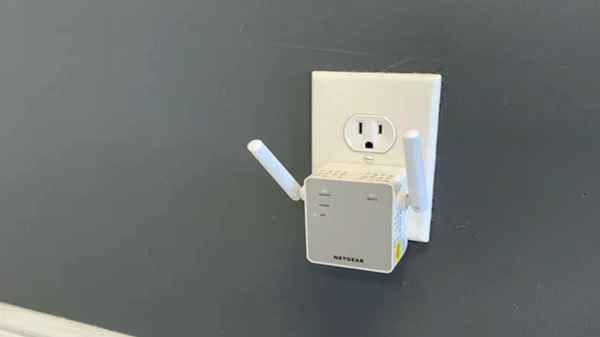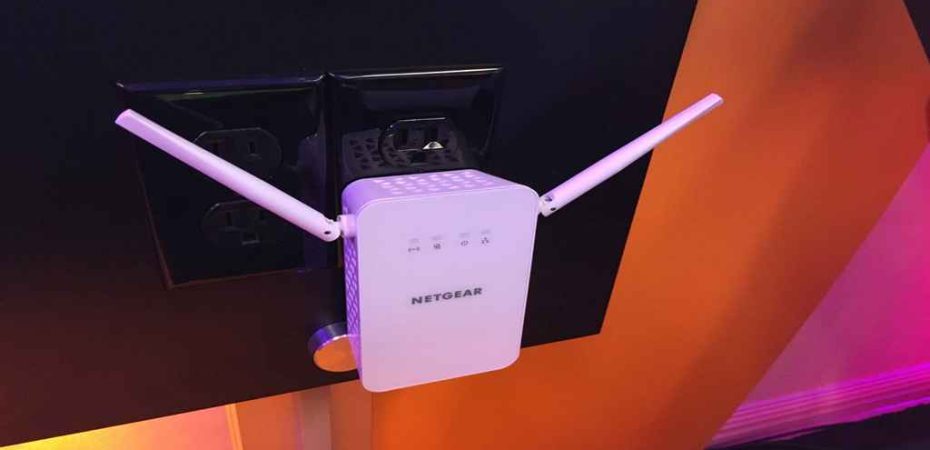In the fast-paced digital age, a reliable internet connection is crucial. When your Netgear extender refuses to connect to your router, it can be a frustrating experience. However, fear not! In this comprehensive guide, we will explore three effective ways to troubleshoot and resolve this connectivity issue, ensuring a seamless online experience.
Understanding the Issue

Before delving into the solutions, let’s grasp the common reasons behind a Netgear extender failing to connect to the router. The problem could stem from incorrect setup, outdated firmware, or interference from other electronic devices. Now, let’s tackle these issues head-on.
1. Double-Check Your Setup
Often, a simple oversight during the initial setup can lead to connectivity problems. Begin by ensuring that your Netgear extender is correctly connected to the router. Verify the physical connections and follow the manufacturer’s guidelines for the setup process.
If you find any discrepancies, reconfigure the settings by resetting both the router and the extender. This straightforward step can resolve issues arising from a misconfigured setup.
2. Update Firmware for Enhanced Performance
Outdated firmware is a common culprit for connectivity issues. Netgear periodically releases firmware updates to improve performance and address bugs. To check for updates, log in to the Netgear extender’s admin panel and navigate to the firmware section.
Download and install any available updates. This not only enhances compatibility but also ensures that your extender operates with the latest features. Stay proactive in keeping your firmware up to date to prevent future connectivity hiccups.
3. Mitigate Interference
Electronic interference from neighboring devices can disrupt the connection between your Netgear extender and router. Common culprits include microwave ovens, cordless phones, and other Wi-Fi-enabled devices.
Identify potential sources of interference and reposition your extender away from them. Additionally, consider changing the Wi-Fi channel on your router to minimize interference from other nearby networks. This small adjustment can significantly improve the stability of your connection.
Frequently Asked Questions (FAQs)
Q1: How do I reset my Netgear extender and router?
A1: To reset your Netgear extender and router, locate the reset button on each device. Press and hold the button for at least 10 seconds. This will restore the devices to their factory settings, allowing for a fresh setup.
Q2: Why is firmware important for my Netgear extender?
A2: Firmware updates provide essential improvements to your extender’s performance and security. Keeping your firmware up to date ensures compatibility with the latest technologies and resolves potential bugs, contributing to a more reliable connection.
Q3: Can electronic interference affect my Wi-Fi connection?
A3: Yes, electronic devices like microwave ovens and cordless phones emit signals that can interfere with Wi-Fi signals. Repositioning your extender and changing the Wi-Fi channel on your router can help minimize such interference and improve your overall connection stability.
Conclusion
In conclusion, resolving connectivity issues between your Netgear extender and router involves a systematic approach. By double-checking your setup, updating firmware, and mitigating interference, you can ensure a robust and stable connection. Remember, a well-connected extender not only boosts your Wi-Fi range but also enhances your overall internet experience. Implement these solutions, and say goodbye to the frustration of a Netgear extender that won’t connect to your router. Enjoy seamless browsing, streaming, and gaming with a reliable Wi-Fi connection at your fingertips.
Read also:
- 10 Best Ways to Download Twitch VODs Online
- 7 Challenges in IoT and How To Overcome Them
- 6 Easy Ways to Fix Media Feature Pack Install Failed
- List of Best Unblocked Games on Poki
- 4 Ways to Fix The File://tmp/error.html Error on Chrome
- 3 Best Accurate Bottleneck Calculators for PC to Use in 2023
- Audio-Technica AT2020 Cardioid Condenser Studio XLR Microphone Review
- Lenovo IdeaPad 330 Review



